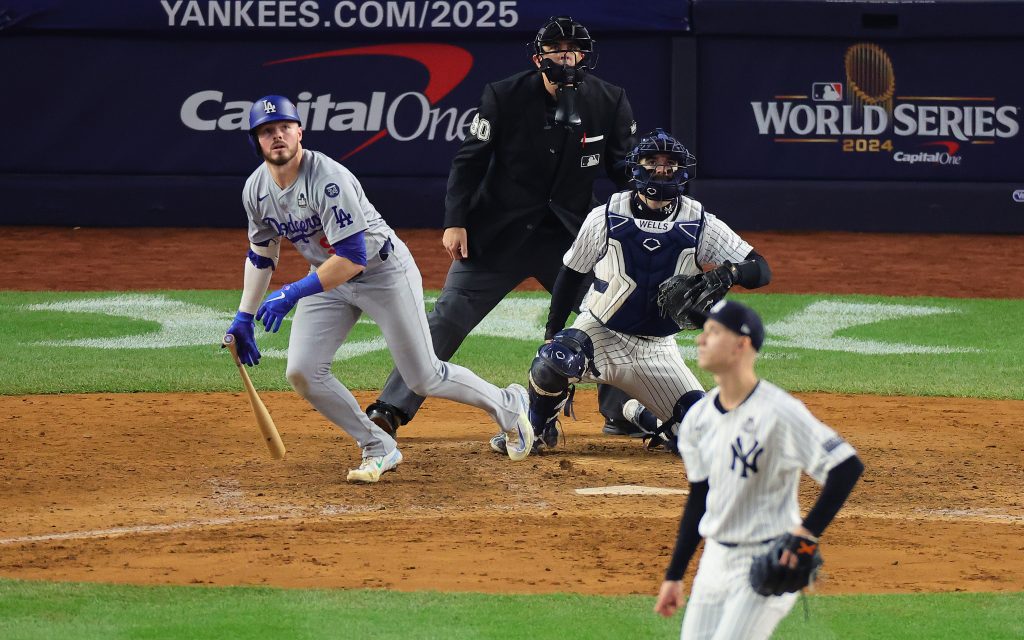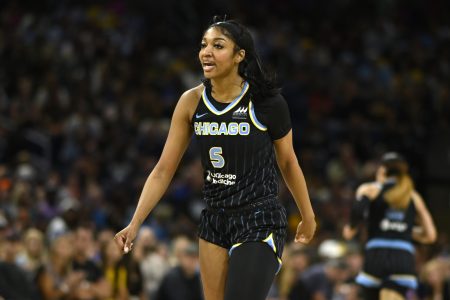The Los Angeles Dodgers are currently grappling with a surplus of talent, a predicament that has prompted them to explore various roster optimization strategies. Despite their impressive depth, the Dodgers remain actively engaged in pursuing upgrades, as evidenced by their recent acquisition of Hye-Seong Kim, a highly versatile international free agent infielder. Kim’s arrival adds another layer of complexity to the Dodgers’ infield situation, particularly concerning the future of Gavin Lux. While not necessarily signaling the end of Lux’s tenure in Los Angeles, Kim’s signing certainly renders the 25-year-old more expendable. Lux, who posted a .251/.320/.383 slash line with 10 home runs and 24 doubles in 2024, remains under team control through the 2026 season, making him a potentially valuable trade asset.
The Dodgers’ abundance of infield talent creates an interesting dynamic, as they could potentially leverage a player like Lux to address needs in other areas of their roster. While a trade involving Lux isn’t a necessity, the potential return could be significant, especially if a team like the New York Yankees, currently facing a shortage of affordable and experienced infielders, enters the bidding. The Yankees’ desperation for a player fitting Lux’s profile could lead them to overpay, presenting the Dodgers with an opportunity to capitalize on their surplus. While potentially strengthening a World Series rival might give the Dodgers pause, the allure of a compelling offer from the Yankees could prove too tempting to resist.
The potential trade scenario involving Lux and the Yankees highlights the strategic considerations facing the Dodgers. Balancing the desire to maximize their current roster’s potential with long-term planning presents a complex challenge. Lux, despite his relatively modest offensive production, possesses valuable attributes, including his versatility and remaining years of team control. These factors could make him a desirable target for teams looking to bolster their infield depth without committing to a long-term, high-priced acquisition.
From the Yankees’ perspective, acquiring Lux would address a glaring need. Their infield has struggled to find consistency, and Lux’s ability to play multiple positions would provide much-needed flexibility. Furthermore, his relatively affordable contract aligns with the Yankees’ desire to manage their payroll while still aiming for a championship. The potential trade presents a compelling narrative, pitting two of baseball’s most storied franchises in a transaction that could reshape the landscape of the league.
However, the Dodgers’ decision on whether to trade Lux hinges on several factors. The quality of the return offered by the Yankees, the Dodgers’ assessment of their internal options, and their overall strategic goals will all play a role. Trading Lux to a direct competitor like the Yankees carries inherent risks, but the potential rewards could outweigh those concerns. The Dodgers’ front office will need to carefully weigh the pros and cons before making a decision.
Ultimately, the Dodgers’ handling of the Lux situation will be a testament to their organizational depth and strategic acumen. Whether they choose to retain Lux as a valuable depth piece or leverage him in a trade to address other needs, their decision will have significant implications for their immediate and long-term future. The potential trade with the Yankees adds another layer of intrigue to the ongoing saga, highlighting the complex calculations involved in managing a talent-rich roster in Major League Baseball. The coming days and weeks will reveal how the Dodgers navigate this delicate balancing act and whether Gavin Lux remains a part of their plans or becomes a valuable asset in a trade that reshapes the competitive landscape.










